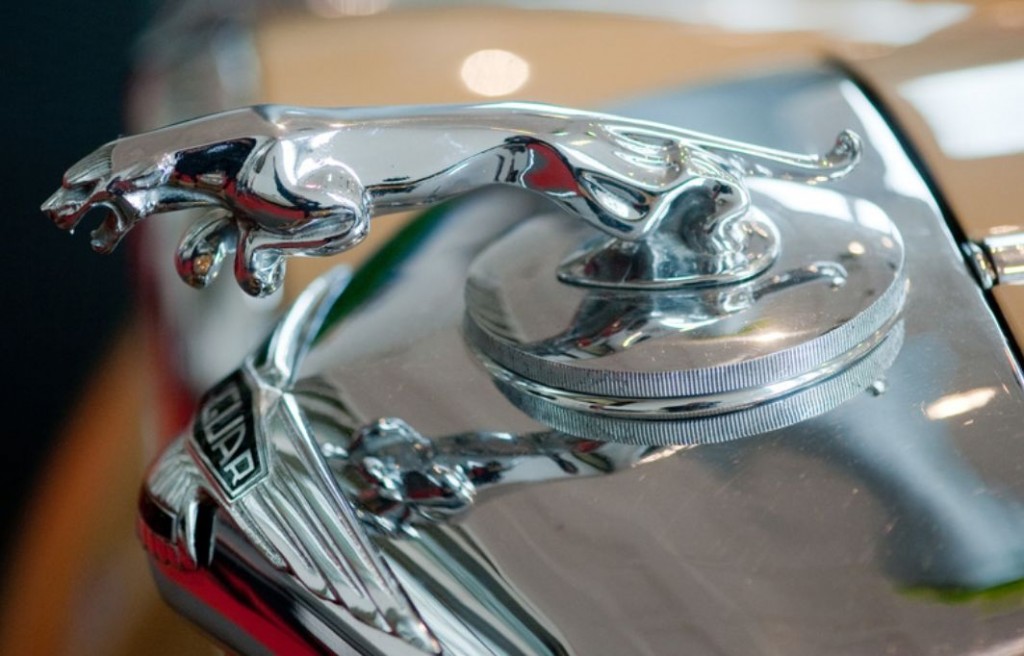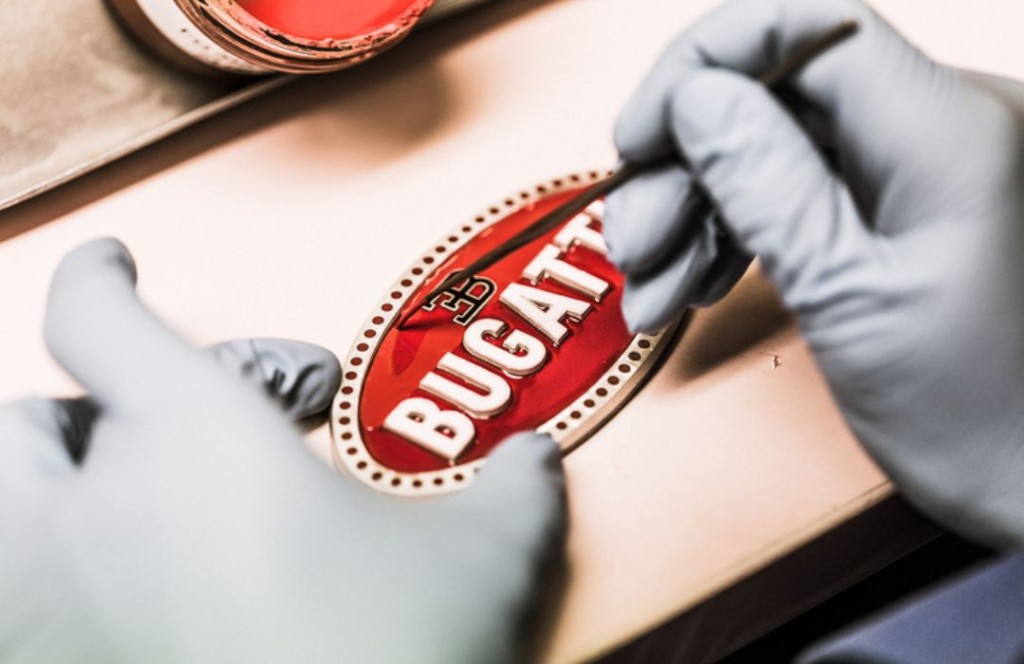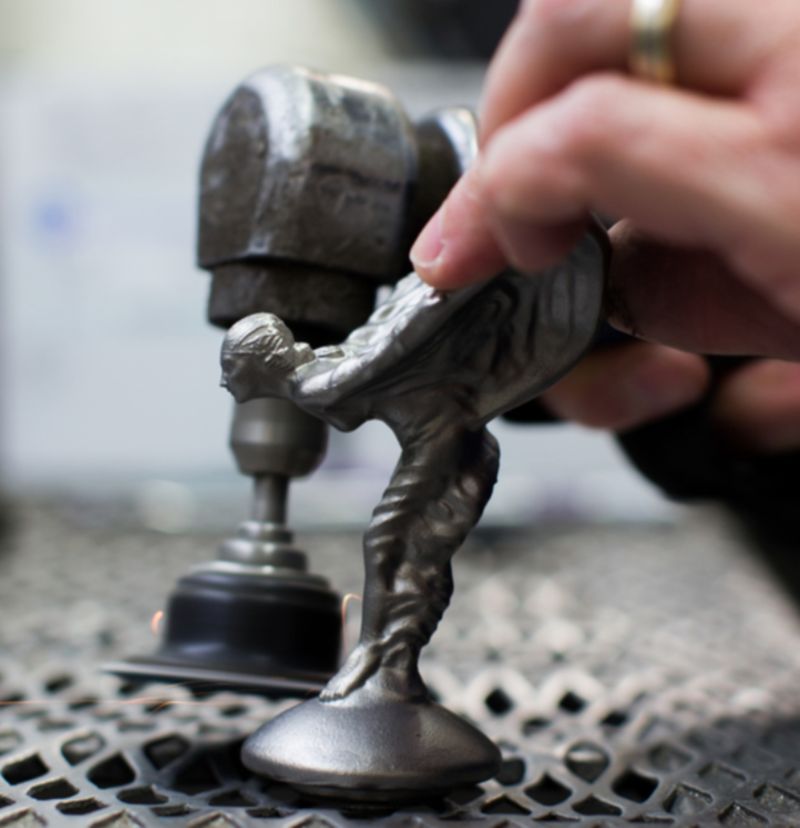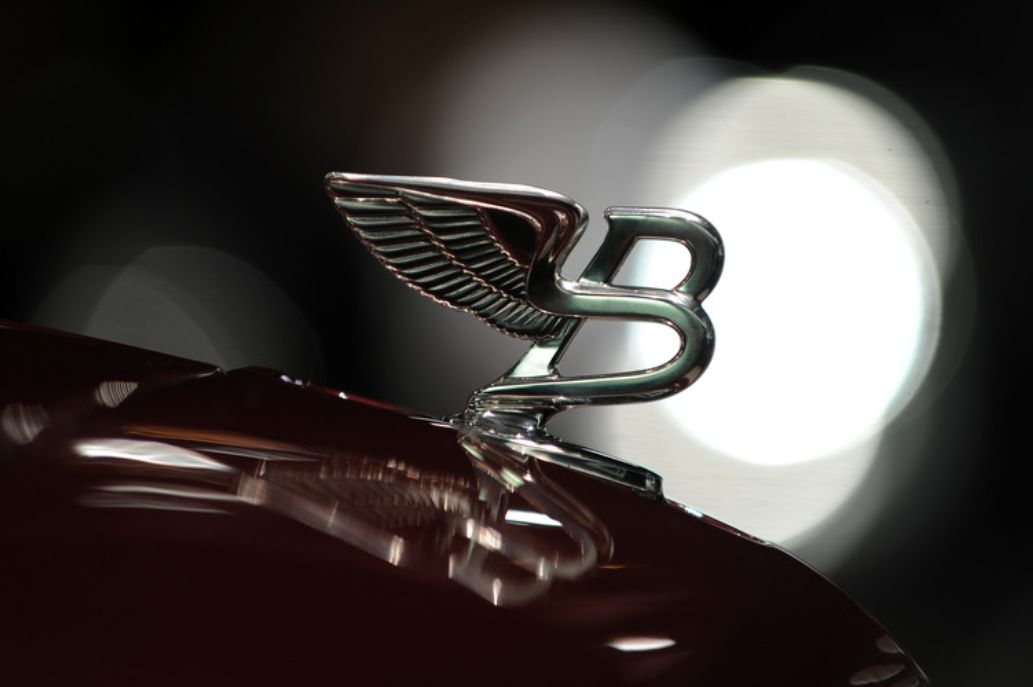BERLIN: Bonnet ornaments are decidedly old-school and amid safety considerations and aerodynamic aesthetics they are becoming rarer too.
One of the most famous insignia is the Mercedes-Benz three-pointed star and it remains a powerful symbol of automobile exclusivity.
The sign is produced at a factory in Germany where Mercedes says production involves 12 steps from casting to polishing and the star passes through 10 pairs of hands before it is ready to be fitted to a car.
Using around seven tonnes of a special zinc alloy, the Witte Automotive plant turns out 30,000 three-pointed stars a month.
But it's no longer the star it once was.
Mercedes-Benz started axing the upright logo in favour of in-grille badges on many models from 2009 and it remains the preserve of high-end cars like the S Class limousine. Buyers in Germany can, however, still order it as an optional extra.
It did not used to be like this. Ruth Schumacher has assembled a collection of around 1,500 bonnet mascots many of which depict animals and mythical figures.

The original idea came not from the car manufacturers but from owners keen to individualise their transport. They commissioned artists to create the figurines and a tradition was born.
At a typical vintage car rally the mascots on cars will range from glass swans to golden-plated lions, Red Indian figureheads shaped from glass and even a dancing elephant.
That figure was designed by sculptor Rembrandt Bugatti and Schumacher said its rarity makes it the equivalent of the Blue Mauritius stamp revered by philatelists.
It was conceived as a satire on the Lady Emily figure used by rival Rolls-Royce and topped the radiator grille of a Royale model used by carmaker Ettore Bugatti.
Only six examples are known to exist and they sell for upwards of €50,000 (RM240,000) apiece.

The Bugatti symbol is a real rarity, unlike the more common "Spirit of Ecstasy" figure used by Rolls-Royce.
It was banned by the EU for safety reasons, but the company came up with typically elegant and ingenious solution. The figure is mounted on a spring-loaded base, which allows it to retract into the radiator grille.
The Roller figure is produced at a small factory in Southampton on the British South Coast in a complicated procedure which includes filling a mould with liquid stainless steel at 1,600 degrees centigrade. The raw figure is polished using tiny ball bearings and finished by hand.
The first production mascot was Saint Christopher figure mounted by Lord Montagu of Beaulieu on his Daimler in 1899.
Schumacher looks ruefully at modern cars, most of which do not have mascot of any kind. "Pedestrian crash protection and aerodynamic considerations make life hard for bonnet ornaments", she said.
Rolls-Royce, Maybach and Mercedes-Benz still sell models with bonnet figures and Bentley recently redesigned the Flying B badge for its modern cars. The ornament can be ordered as an illuminated version too and the company took 12 months to finalise the elegant design.

The owners of other brands have to make do with badges. The Opel lightening bolt, Peugeot's lion and the trident used by Maserati are all still in use, but these are mass-produced cast aluminium or plastic items.
A rare modern mascot is the badge designed by the Special Vehicle Operations (SVO) of Jaguar and Land Rover. The ceramic roundel is fitted to the new Range Rover and is said to symbolise "a passion for modern luxury, performance and capability."
The trouble engineers have gone to here is nothing compared to efforts of Bugatti for its exclusive Chiron supercar.
That car's grille badge is fashioned from massive sterling silver by a jewellery firm in southern Germany and enamelled in a process that takes several days to complete. The badge costs more than €500 (RM2,400) to buy.
This makes it one of the most expensive bonnet ornaments, although the cost is trivial compared to the €3 million (RM14mil) starting price of a regular Chiron.












